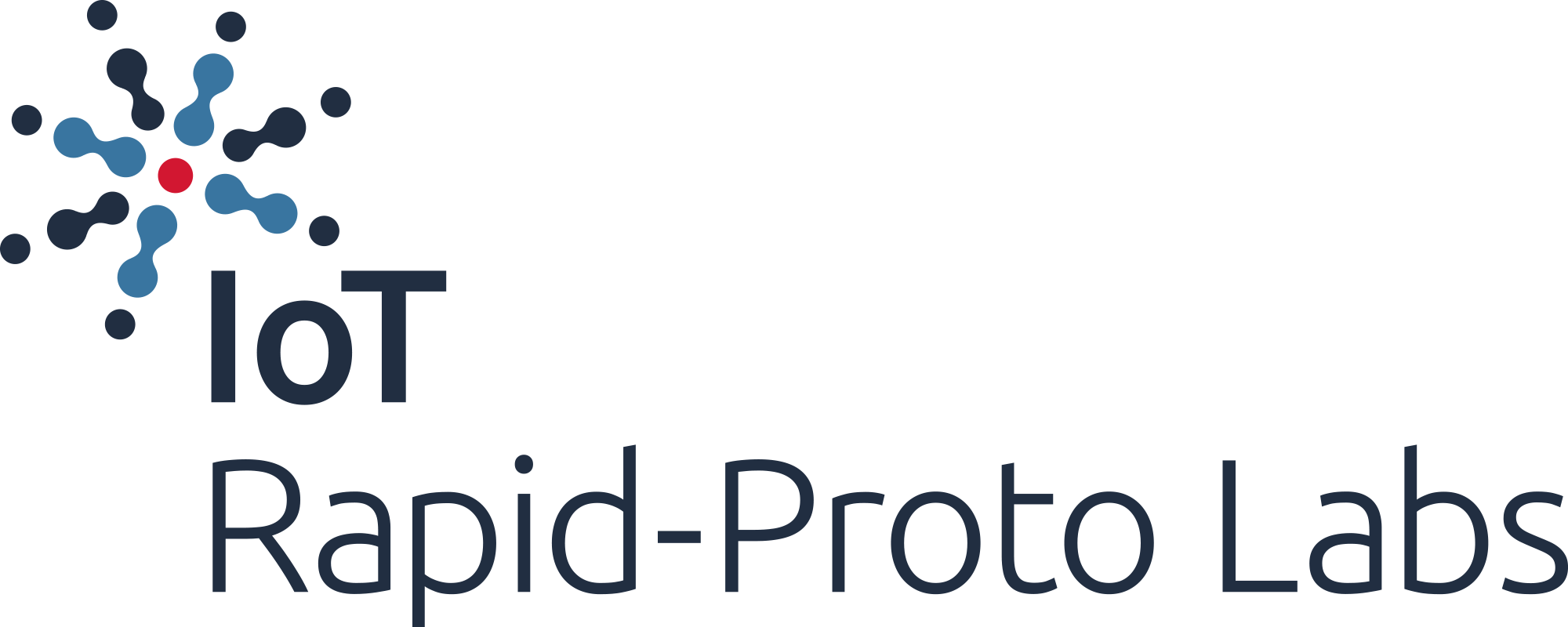In this module, the self-study material focus on product analytics. Zooming out from one prototype to a fleet of products, we will explore what makes a 'data product' and how data can be used in different ways depending on the lens and scale. In this context, we will touch on designers' responsibilities regarding privacy.
Data provides designers with a unique opportunity to take responsibility over the impact of their solutions. Beyond exploration and inspiration from designing with data, data can also be used to monitor and validate design goals to inform the next iteration of the product.
Data products
Reading and Watching (30 minutes)
There are many different definitions of what a data product is. So we will start by setting a definition for this course. Data products are products that would not be possible without the use of data in their creation, in the process of building them.
This data requirement can come from three angles.
- A functionality of the product relies on a data-driven algorithm. For example, the Nest thermostat is capturing contextual data as well as user interaction. All the data feed a machine learning algorithm that drives the main functionality of the product.
- A business model relying on the data. The ‘you’re Not the Customer; You’re the Product’ from the 1970s was referring to the television advertisements being the core business proposition, sold to companies to target their audience. Google brought this to a new level, using data to disseminate personalised advertisement to each individual. A product such as Mobike tracking location or the June Oven taking pictures of every meal cooked in the oven illustrate the next step of this process in the physical world.
- A decision process supported or automated by data. Here the data serve the continuous and iterative design process. Navin Iyengar illustrates this approach as a Product Designer at Netflix in his talk Design Like a Scientist.
Data and Connected Products
Reading (30 minutes)
As mentioned in the introduction of the course, the Internet of Things behind connected products is all about data. It is fuelling all three cases of data products described above. Read the following article from Havard Review Business explaining How Smart, Connected Products Are Transforming Companies.
As further reading, we suggest having a look into the Delft Design Guide page 191: Usage analytics.
Metrics and Dashboards
Reading (30 minutes)
The transformation of data into actionable knowledge requires the definition of metrics: a formalisation of your design goals into measurable quantities to monitor. This is a common terminology along with Key Performance Indicators (KPI) in the Lean Startup context. For example, metrics reflecting business growth and the number of customers.
However, when applied to design the metrics need to shift towards design goals. In the user experience context, Jenny Chang gives concrete examples in her article How to Set Metrics for Design. Goals, signals and metrics are further explained in the HEART framework by Kerry Rodden.
Whether you are designing software or connected products with data, you switch from a deterministic to a probabilistic model: you do not know how the data is going to look like. Your prototyping skills will help you to get more realistic insights on this data. However, it will take iterations and requires measuring your progress against your design goals.
All discussions around data products and metrics come down to the design of analytics dashboard. In this course, we already touched on dashboard tools such as Grafana that enable the organisation of data visualisation to monitor key metrics. The tools do not make the dashboard. Design time is required to find the right story for your audience: you, your team and beyond. Edward Segel and Jeffrey Heer provide concrete input on how to tell stories with data. Among other resources, Sandra Durcevic captures some fundamental about dashboard design on the Datapine Blog.
Here there is only one key message: engineers will make sure technology performance metrics are covered as much as managers for business performance metrics. As a designer of connected products, make sure you communicate clearly to the rest of your team, which metrics you want to see out of the product to learn from the current version of the product/prototype for the next iteration.
IoT Manifesto
Watching (15 minutes)
Throughout the course, we highlighted the power of designers with connected product and data. In this final section, we walk through The IoT Design Manifestoto unpack its guidelines for responsible design in a connected world.
Quiz
Check your understanding with the following quiz! It is anonymous and you can try as many times as you want!
Further Reading



The European Commission's support for the production of this publication does not constitute an endorsement of the contents, which reflect the views only of the authors, and the Commission cannot be held responsible for any use which may be made of the information contained therein.